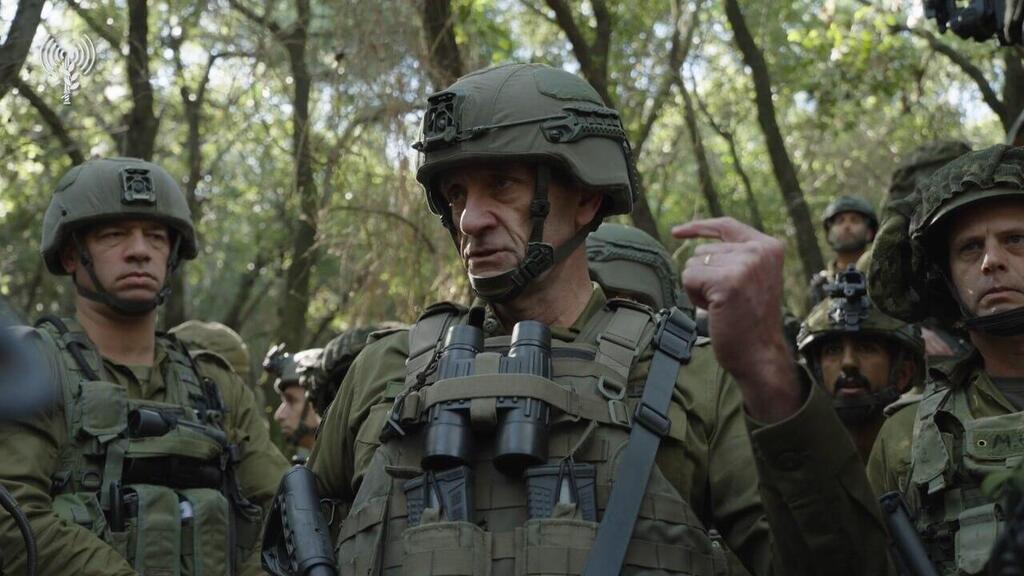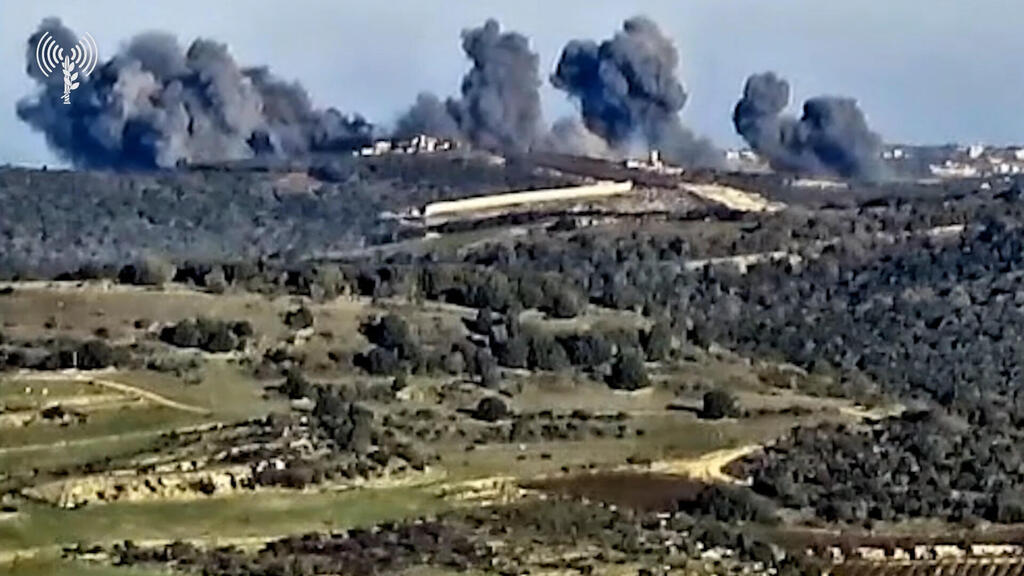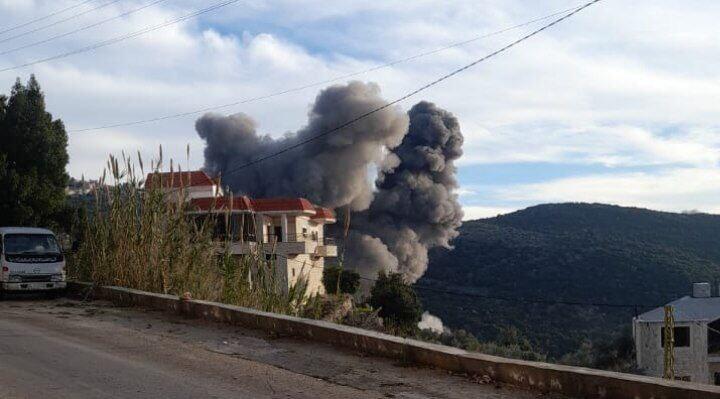Getting your Trinity Audio player ready...
A series of massive explosions rattled the residents of Moshav Shtula in Western Galilee on Wednesday morning. "The entire town was shaking," testified Yaniv Turgeman, the head of the local council.
More stories:
In response, the IDF bombed eight targets on the Lebanese side of the border fence near the community with heavy munitions that created a dense, lingering cloud of smoke.
The IDF said the shelling was part of a broader attack to hit terrorist infrastructure. However, according to Turgeman: "Many citizens fear such powerful bombs were intended to target a terror tunnel."
As the extent of Hamas's tunnel network in the Gaza Strip comes to light, locals along the border with Lebanon are again expressing their fears of Hezbollah's tunnel threat.
For years, residents reported hearing sounds of digging beneath their homes. In 2018, six terror tunnels extending into Israeli territory were discovered, intended as part of Hezbollah's plan to invade the Galilee.
"When we said they were digging, the military told us we were imagining things, and we don't know if all the tunnels were found then," said Turgeman.
3 View gallery


IDF Chief of Staff Lt. Gen. Herzi Halevi on the Lebanon border
(Photo: IDF Spokesperson's Unit)
On Wednesday, IDF Chief of Staff Lt. Gen. Herzi Halevi conducted a tour and assessed the situation on the Lebanon border alongside commanders from the 146th Division, amid a day of intense Air Force strikes in the region.
"We are not returning to the previous situation," the army’s top general clarified, emphasizing that the army is preparing for combat in Lebanon to drive Hezbollah away from the border and return the residents of Galilee to their homes.
For the past two and a half months, some 80,000 people from dozens of communities along the border with Lebanon have been displaced from their homes.
Meanwhile, global powers are trying to reach an agreement with Hezbollah to push them beyond the Litani River. But Turgeman believes a political solution won’t be enough.
"We will not be satisfied with a mere political agreement. We all saw what happened when we reached an agreement with Hamas, allowing cash suitcases to be transferred in exchange for calm,” he said.
“We won’t let the government buy peace from Nasrallah. Meanwhile, all that remains of UN Resolution 1701 is that instead of Hezbollah moving beyond the Litani, we were pushed beyond the Betset Stream. They drove us out from our homes, our lands and our work."
The residents' concerns align with assessments by the Alma Research and Education Center in Galilee, which published its findings earlier this week about the extent of Hezbollah's tunnel network in southern Lebanon, with the assistance of North Korea and Iran, immediately following the Second Lebanon War in 2006.
"It's not just about a local network of attack tunnels and infrastructure in or near villages but an inter-regional tunnel network spanning dozens of kilometers, connecting the Beirut area (central headquarters) and the Beqaa to the southern Lebanon region and the Israeli border," noted Tal Beeri, head of the institute’s research department.





